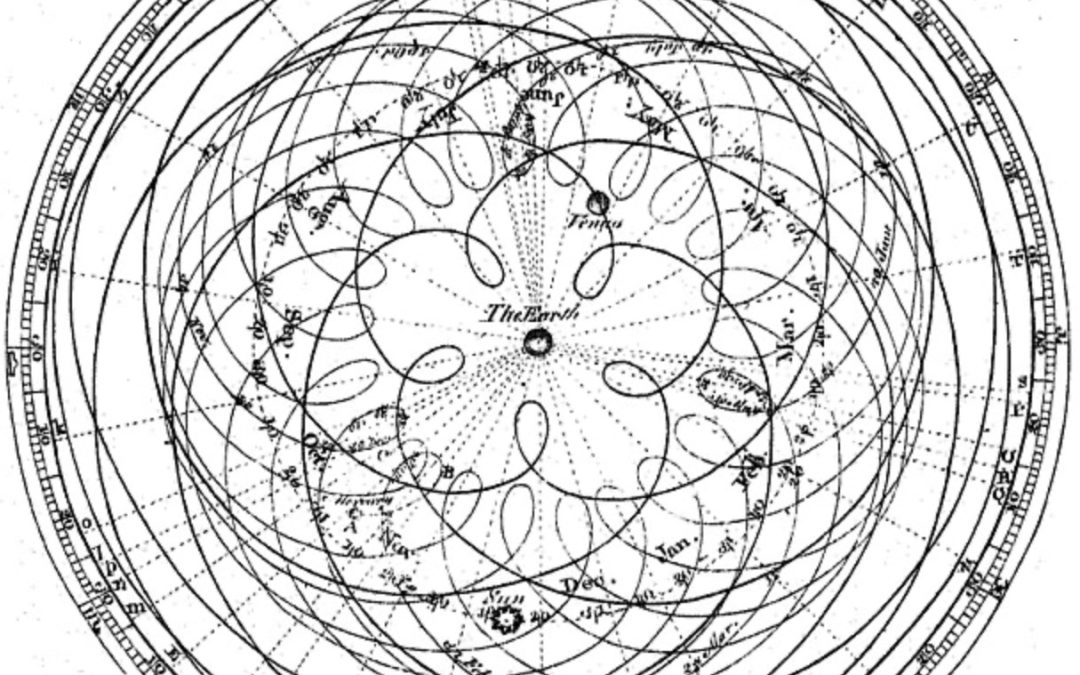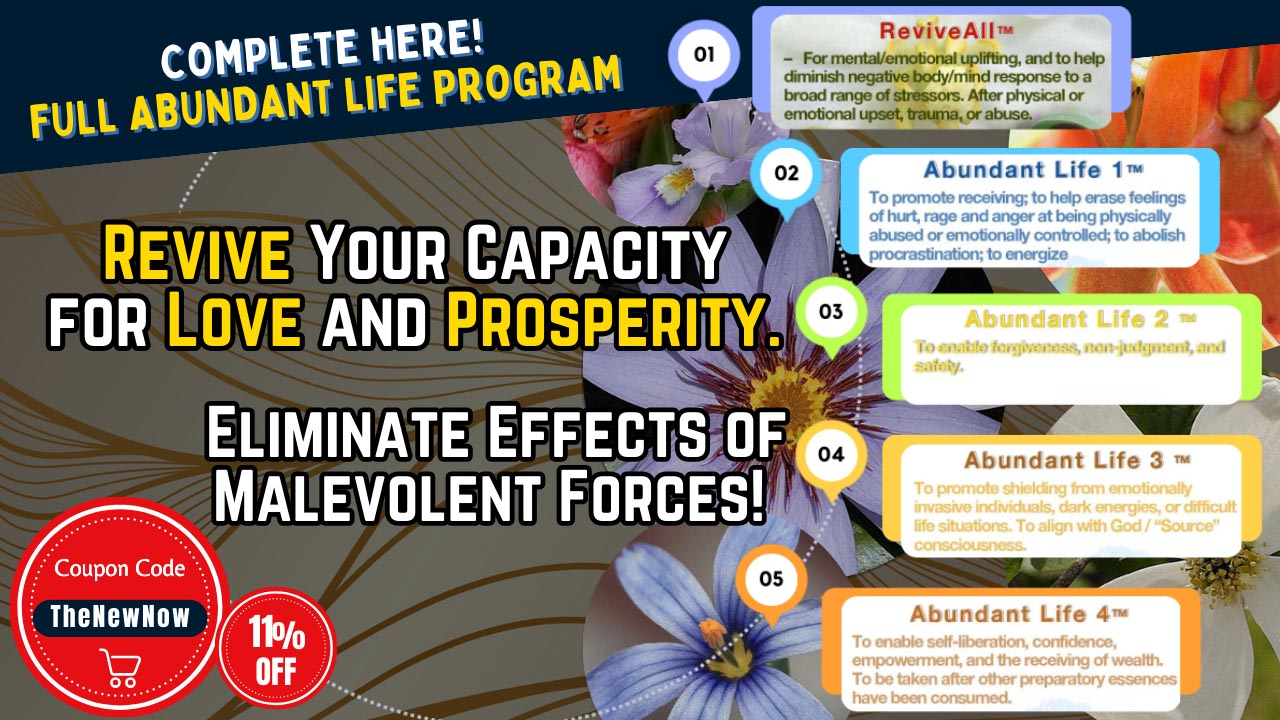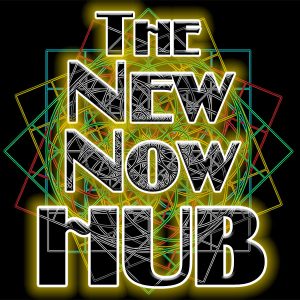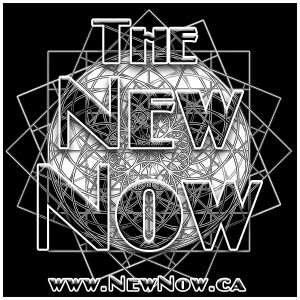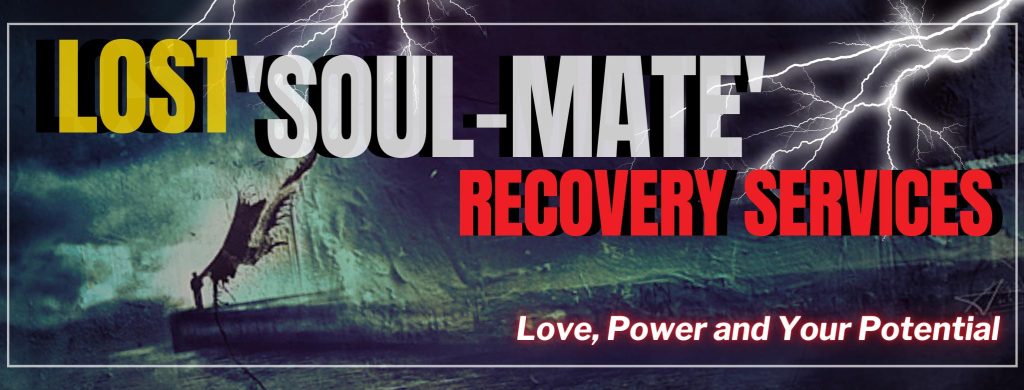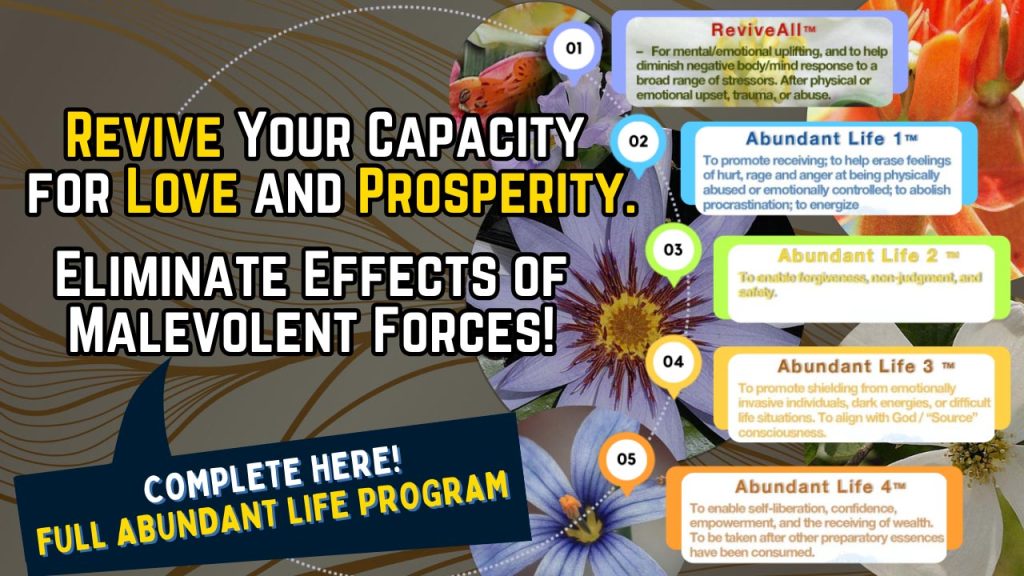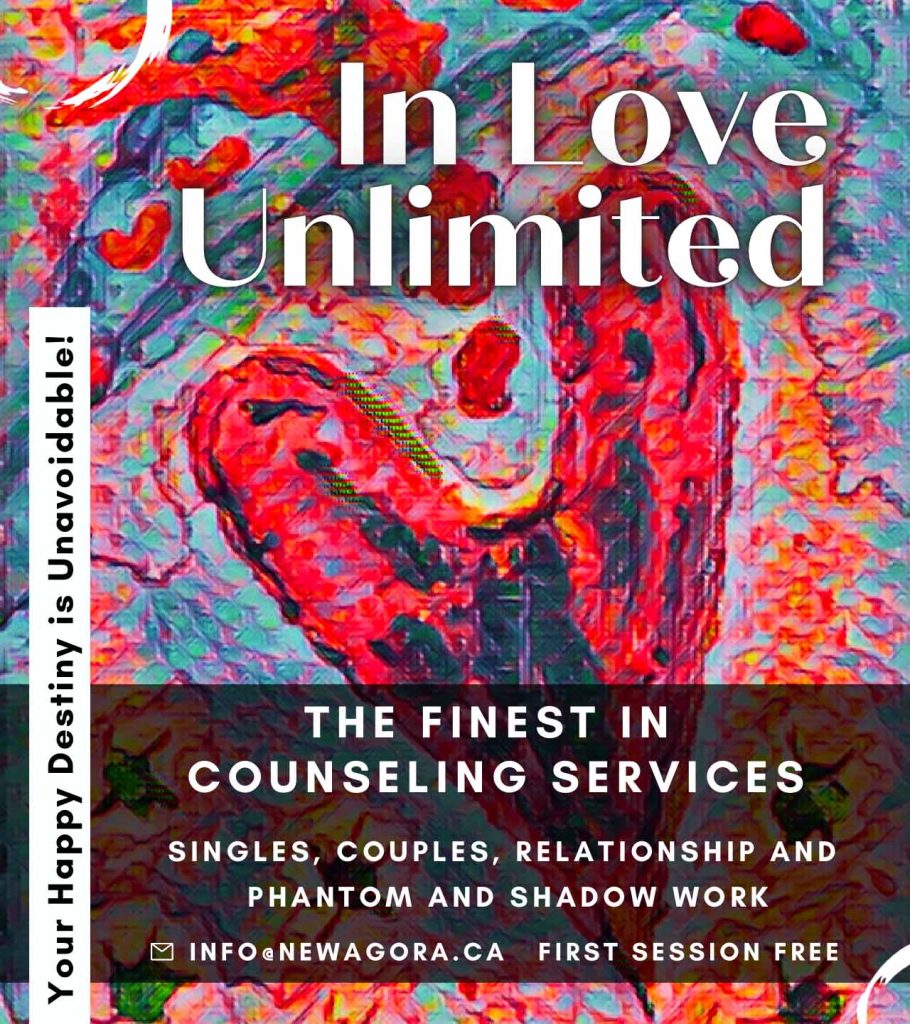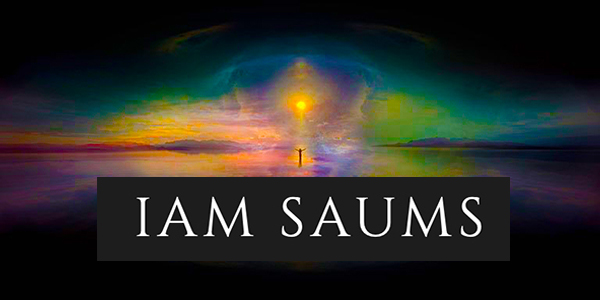The Solstice, the Solar System and Sudden Deaths
Four centuries ago authorities suppressed open investigation into a faulty paradigm. They are doing it again today…
Parts of this essay were taken from “WOKE. An Anesthesiologist’s View”
Exactly four centuries ago to the day Western Europeans watched the sun set at a point in the sky the furthest south of any all year, just like we (in the Northern Hemisphere) did today. Everyone knew the months ahead would bring more and more sunlight, but few knew why. With such regularity, why would anyone care?
The authority at the time (the Papacy) had a simple explanation: the sun, which orbited the Earth each day, actually moved in a corkscrew pattern. Over the next six months it would start spiraling northward, bringing longer days and shorter nights. It did so reliably every year. Six months later the sun would start corkscrewing its way south again until it reached its southernmost orbit again exactly one year from today. What’s the problem?
Their model was, of course, wrong.
But according to a poll conducted by the National Science Foundation in 2012, if you asked 100 people living in the United States if they thought the sun revolved around the earth you would receive about 25 affirmatives. 25% is an embarrassingly high number. If you are among the 75% who would have responded oppositely, meaning you believe the Earth in fact orbited the sun, how would you prove it to the other 25%?
How do you know you are correct? Simply saying we have pictures from space that prove it is a very weak argument. I would challenge you to show me a picture from space that demonstrates this incontrovertibly. What kind of picture would you need to prove it to yourself? More importantly, how did we know this to be true 60 years ago, before we had any cameras in space?
Perhaps you know this is true because you have been taught this or read it in a book. Did the teacher or book explain how we came to this conclusion or was it merely stated as fact? Perhaps you believe this mainly because most people believe this, and it would be impossible to fool the majority for so long about something so big. Do you believe this simply because this is what you have been told?
I suggest that if you don’t know how we figured this out, you don’t actually know that the sun is in the center of the solar system, you only believe it. There is a world of difference between knowing and believing. Believing has an element of uncertainty. Knowing doesn’t. Confusing the two can lead to unjustified confidence in an opinion.
How did we figure it out?
The survey results would have been very different relatively recently in our history. As explained above, four hundred years ago nearly 100% of Western populations still believed the Earth was the center of what we now call the solar system. How did this nearly universal view shift so drastically?
Even today it is clear that all celestial bodies rise in the East and set in the West. Putting ourselves stationary and everything else in motion is geo (and ego) centric given that motion is relative. Then again, why would this perspective be wrong? I wake up in the same place every day! What would lead me to believe that I was the one in constant motion?
Of course, all science textbooks today would place our sun in the middle of our solar system and the Earth in the middle of the moon’s orbit. If you trusted no one, including textbooks and your grade school teachers, how would you prove it to yourself? If you cannot prove it to yourself how would you be able to prove it to anyone else?
The first observant minds who woke up to the fact that we have a heliocentric (sun-centered) solar system that seems to remain relatively motionless against a backdrop of very distant stars were able to deduce it without supercomputers and satellite-based cameras. They did this with patience and keen observations over time. Whether it be 1623 or 2023, it is impossible to look out the window once and know what exactly is going on up there. As history has proven over and over, it is easy to arrive at the wrong conclusion if you only take a glance at something.
Here are some of the questions the model must explain:
Why is the midday sun higher in the summer?
First, they measured the position of the sun in the sky at its highest point (the zenith) throughout the year. The zenith of the sun varies by about 47 degrees between the winter and summer solstices (i.e. December 21 and June 21 in the Northern Hemisphere). In order to explain this with a geocentric (Earth-centered) model, the sun’s path around the Earth each day would not just be in one plane.
As mentioned above, it would have to corkscrew around it over a period of six months from the northernmost orbit to the southernmost and then head back North for the next six months. This would have been obvious to the earliest star gazers. Imposing that helical pattern did not prove the geocentric model wrong, it was just a necessary condition for it to be correct. If the sun in fact moved in that manner the geocentric model still works.
Why are certain constellations visible during certain seasons only?
The constellations were known to appear in the night sky at different times of the year. It was clear that the constellations that disappeared from our night sky during one part of the year did not cease to exist, they were in fact alive and well but were hidden behind the daytime sun. So, in a geocentric model the stars all revolved around the earth every day as well but just a tiny bit slower, one less revolution than the sun does in a year. This was the only way that the model could explain how they gradually appeared and disappeared as the seasons changed. If we assume that this is what they do, the geocentric model still suffices.
Why do certain stars change their position with respect to others during the year?
If you looked very closely, the position of some stars in the night sky relative to each other change very, very slightly depending on the season. The reason for this in actuality is because we are looking at the backdrop of stars from two different vantage points about 186 million miles away from each other. This is the diameter of the earth’s orbit around the sun. This effect, called stellar parallax, is similar to what you see if you hold your thumb at arm’s length and look at it with one eye and then the other. Your thumb will appear in a different position relative to the background depending on which eye you are looking from. Nonetheless, if all of these motions of the stars somehow occurred relative to each other over the course of the year while still revolving around the earth Every day, the geocentric model would still explain what is observed.
Why do a handful of celestial bodies (planets) move with respect to the stars?
The planets, in a geocentric model, would also revolve around the earth. They seem to move a slight bit with respect to the backdrop of stars each night as well. Interestingly they seem to be moving in one direction, slow down, reverse direction over a period of months and then return to their original direction again. This retrograde followed by anterograde motion is due to the different velocities and orbits of the planets around the sun. Some planets catch up to us in our position in our orbit and pass us, the Earth catches up and passes other more slowly moving planets in more distant orbits around the sun. If we maintained an earth-centered model we would have to admit that planets behave strangely. So what?
Geocentrists offered “simple” diagrams like this to explain the phenomenon (only relative motions of the sun, Venus and Mercury are given).
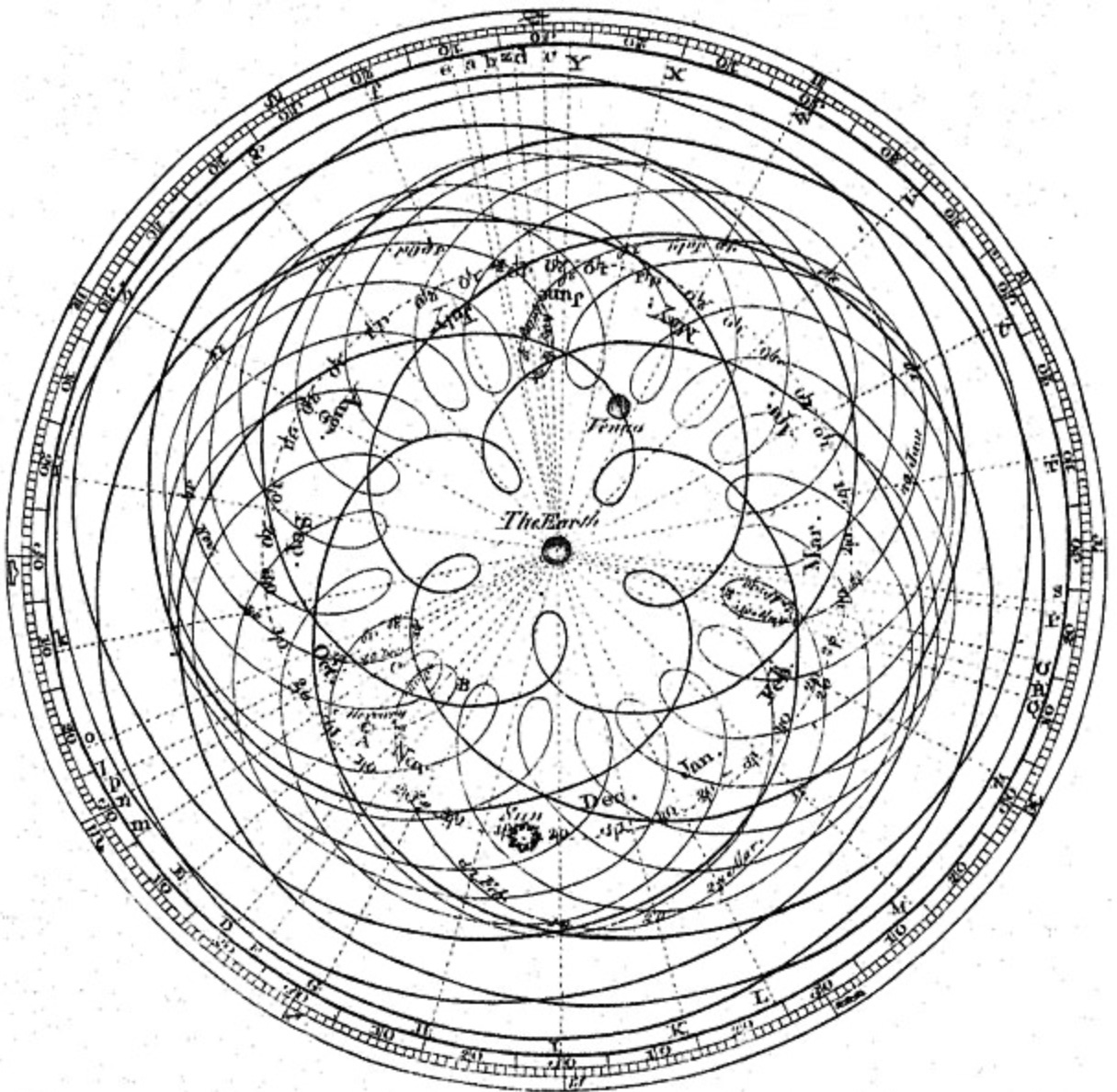
So, with all of these observations we still have two models that explain how our local universe is set up. One requires very complicated motions of the moon, stars, sun and planets with different periods of rotation around the earth with different speeds and directions. The other would be explained by the sun centered in the solar system with the earth and planets revolving around it. Both explain what is observed from Earth.
Is one model more valid than the other? If the only criteria to judge were the relative simplicity of each model we could easily say that one model is significantly more complicated than the other. But does this make it less valid? Occam’s Razor, the principle that the correct explanation is often the simplest, is only an observation, not a method of proof. There is no law that dictates that everything has to be simple. The fact that one model is more simple is not proof of its validity. However the model we choose has deeper implications about our relationship with the cosmos.
The First Western Heliocentrist
The man most often credited with being the first to put forth a heliocentric model of the solar system was Aristarcus of Samos, a Greek mathematician who lived around 270 BC. His idea did not change the popular narrative. His only argument was that his model was far simpler and elegant. Though it could explain the complex motions of all of these heavenly bodies in a straightforward way, it did not prove the geocentrists wrong. Nevertheless, by using his model, Aristarcus was able to make the first estimations of the relative size of the sun and moon and their distance from the earth.
Astronomers in the years that followed used the sun-centered model of the solar system to make their celestial predictions because it was easier. There would come a time, however, when their methods would become a liability. This brings us to a fascinating point in European history.
During the first few centuries after Aristarcus’ time those who espoused these two different models of our solar system co-existed peacefully. What do you suppose happened next? (Hint: it wasn’t the astronomers who hunted down people who disagreed with them and bludgeoned them with their sun-dials).
Why would subscribers to two different belief systems co-exist peacefully in Ancient Greece be at odds a few centuries later? Neither party denigrated those in the other camp. Each simply offered a different explanation of what we had all been wondering about for thousands of years. The astronomers did not pose any threat to those who chose to believe in the geocentric model. However they became a threat to an institution that sought to control how people thought–an institution that did not exist in Ancient Greece but flourished in the Dark ages.
Enter the Censors…
The centralization of power in the Catholic church began in the fourth century when Emperor Constantine converted to Christianity, ostensibly as a strategy to unify the expansive territory under his domain. Citizens of the Roman Empire lived in various climes, spoke different languages and adhered to different customs. Allegiance would have to come from a different source: a common system of beliefs.
The magnitude of the church’s authority, serving as the sole liaison between imperfect people and a perfect God, was indirectly related to an understanding of our planet and the heavens above. Humanity’s role in the universe as the recipient of the one inhabitable spot in the center of God’s creation raised the Church to an infallible status. What to do with the pesky astronomers who offered an explanation that not only challenged the Church’s model of how heaven and Earth were put together but also banished humanity to a smallish sized planet endlessly circling the sun like several others? The answers are obvious and the details have been sorted out over the centuries.
As has been repeated throughout our history, authority responds mercilessly when faced with the possibility of limitations to their power. It’s no different today. This may come as no surprise to some. To others, the idea that we, as educated individuals four centuries after the Renaissance, armed with the scientific method and the freedom to speak and worship as we please could ever be overtly or unknowingly be manipulated, is laughable. (If you happen to be in that camp, would you have been able to prove your position to the 25% who still believe the Sun orbits the Earth? Or did you have to defer to a “trusted” source to explain it to you first?)
During the rise of the Catholic doctrine in the fourth century there were still two perfectly valid models of our solar system. The astronomers, who were the tiniest of a minority, quietly continued to study the sky with an unspoken model of a sun-centered solar system while the majority, empowered by the union of church and state, persecuted them out of the fear of losing control over the way people thought.
This continued for nearly eleven centuries before an Italian astronomer, Galileo Galilei, pointed his telescope at the planet Jupiter and its moons and with careful observation, was able to easily show that not everything revolved around the Earth. All you had to do was look. Galileo was eventually brought to “justice” and was forced to live out his last years under house arrest because he refused to recant his position on the matter.
Although Prussian born mathematician Nicolaus Copernicus put forth a sun-centered model decades earlier, it was Galileo who posed the first real threat to the authority of the church because he was the first person to take things a step beyond Aristarcus by providing clear evidence that the Church doctrine was not just inconveniently complicated but clearly incomplete and possibly even wrong. Moreover, by using his primitive telescope any uneducated peasant could see it for themselves. One might guess, then, that that was the end of the geocentric model. It was not.
Independent thought has always been and will always be the greatest threat to authority. For many of us who enjoy life in a free society, the idea that a person would be punished for holding a contrarian belief, especially one that can be independently verified, is unthinkable. In Galileo’s day, his imprisonment was not only sanctioned by the powers that be, it was likely considered a holy act.
Though we may be free to believe and speak as we like in this society today, independent thought is only a seed. In the right environment the seed may grow into a mighty tree whose roots can shatter the deepest of foundations. However, in order to grow, a seed of independent thought requires proper soil: people who are willing to look a little closer. If members of a society are not curious, even the most brilliant new idea will never be transformative. The idea will remain in the mind of the contrarian condemned to house-arrest. In order to be heard someone must be listening.
The absence of curiosity aside, if a society is unquestioningly trusting it can obviously be more easily manipulated too. I cannot speak to the level of curiosity amongst the Italian people in the early 17th century. We can be quite confident, however, that the church exacted unyielding control and that control was born of an unquestioningly trusting population. Corporeal punishment, imprisonment and executions were not physically conducted by popes, or cardinals or those who sat in the thrones of papal authority. Instead it was the faithful and devout who carried out what they believed was God’s will, which called for corrective measures against heresy.
Who or what is to blame for this systematic suppression of human thought over those centuries? The few who were in the highest positions of authority likely knew Galileo was not only on to something but was bringing attention to uncomfortable truths that were getting increasingly difficult to hide. It was their edicts that justified action against dissenters.
Neither can we excuse the “faithful” for their role. Judging them by today’s standards, they were deeply biased. They did not examine the basis of heretical arguments any more than their own unwavering belief in what they were told. As we have seen over the last few years, this arrangement may be more prevalent today than we realize, even in institutions that we believe operate outside of bias.
Galileo’s “seed” could not be planted. His imprisonment had little to do with that. It took another fifty years for the final breakthrough that validated Aristarcus’ model and catapulted Galileo from a heretic to martyrdom, earning him the posthumous title of “Father of Observational Astronomy”. He is also considered one of the fathers of the scientific method.
The Breakthrough
What was the breakthrough? Perhaps you have been able to deduce that whatever proof was eventually found must have been outside the realm of observational astronomy. Although Galileo demonstrated that the moons of Jupiter did not orbit the Earth (which was a matter of some inconvenience to the Church–and to Galileo himself eventually), he could not directly disprove the Earth-centrists for reasons outlined earlier. Simply looking at the sky from the surface of the Earth would never enable the observer to refute or prove either model definitively.
Of note, Galileo’s telescope also allowed the observer to clearly see that different portions of the planet Venus were illuminated at different times of the year. The “phases of Venus” could not be explained by an Earth-centered model. This was of little concern to the church who likely explained it as the one exception to their rule. There’s nothing to see here folks…
The proof came by way of the Law of Universal Gravitation put forth by Sir Isaac Newton in 1686 more than nineteen hundred years after Aristarcus’ day and fifty years after Galileo’s death. His law described the behavior of the motions of particles in the universe. These motions could be confirmed independently by empirical evidence. Once his Philosophiæ Naturalis Principia Mathematica was accepted as the means by which the motion of objects could be predicted, the Church was forced to concede because they could not explain the behavior of their model with his newly accepted law.
As a side note, it is Newton’s third law of motion, which simply states that for every action there is an equal and opposition reaction, that invalidates the official explanation around the “collapse” of the twin towers. If the top parts crushed the bottom parts to smithereens, they too would have been immediately pulverized in the process. The National Institute for Standards and Technology accepts this elementary law as indisputable, except when they are told to ignore it. But I digress…
A human being traveled to the moon just 360 years after Galileo “discovered” what Aristarcus had shown nearly two millennia before. How many centuries was this journey delayed because an alternative explanation in ancient Greece became a “conspiracy theory” against authority and convention? As tragic as it may seem, it should come as no surprise that Western civilization took nearly two thousand years to avail itself of a truth in front of its face. Several obfuscating factors were in play in the Dark Ages and well into the Renaissance when Galileo lived:
- An accepted theory based on several pieces of evidence that each have a possibility of being wrong is instead regarded as a paradigm with too much supporting evidence to be inaccurate: Most people were not aware that the seemingly unassailable model of an Earth-centered universe was based on arbitrary choices about how to interpret what could be observed.
- An incentive for upholding the ascendant position prevents an open investigation of an alternative theory: We can surmise that people were reluctant to peer through his telescope for several reasons. The idea that his model of the universe was correct would have been so preposterous that even checking would have invited ridicule from the “sane-minded” majority. There would also be the fear that he was correct. What if once you put down his telescope you would realize that the ground you stood on was no longer the stable center of God’s creation but a spinning rock tumbling around the sun like the other planets? Surely this would have crossed the minds of those who had the opportunity to look for themselves.
- The risk of destabilizing a broadly trusted institution that serves as a common foundation uniting large groups of people makes individuals less likely to challenge authority or the authority of the majority: The Catholic Church’s control over people was directly threatened by Galileo’s proposal. With no logical argument to defend their position, their only choice was to silence him. Galileo held the Chair of Mathematics at Pisa and then later at Padua. He had been an important contributor to the Italian Renaissance before coming forward with his proof. If he was put on trial what would motivate anyone else to support him?
Galileo is one of the “Fathers of the Scientific Method” not because he refused to be swayed by the threat of condemnation or ridicule. He is credited with that title because he approached the evidence with a sincere desire to know the truth. Remaining objective requires one to consider the facts without dismissing them no matter what their veracity would imply. Galileo’s dedication to the facts still stands as the best example of what is required to remain free of bias and what potential benefit can be gained by doing so.
Of course all “conspiracy theorists” are not Galileos. Neither are all conspiracy theories true. However, can we be certain that all of them are false? At their very core, all large “conspiracy theories” directly or indirectly point at a central authority acting covertly and simultaneously at the media for either missing it or looking the other way. This continues to seem unimaginable to many people today.
In Galileo’s time the Church played the role of authority and the disseminator of information. Today we have a government chosen by the people and an explicitly independent press to hold their power in check.
Many admit that even a government freely elected by the people makes occasional mistakes and frequently keeps information from the public, but it would never do anything intentionally egregious to all of its citizens and then hide it. If it did, whistleblowers would come forward and the media would let us know about it. This is why most believe that such a deception could never occur. The idea that your lover could be in bed with your best friend is inconceivable—until it isn’t.
Long Covid or Long Covid Vaccine?
At this very moment we are in another dilemma about how to interpret what is going on around us.
There is consensus that there has been a jump in mortality rates of people of nearly all age ranges. This phenomenon emerged with an aggressive vaccine campaign. Is it “long Covid”? Is it from the mRNA shots? Is it both?
The parallels between present day and the Italian Renaissance are obvious. The same obfuscating factors are in play again.
In this short essay Josh Mitteldorf, PhD summarizes the undisputed facts around this topic:
- The spike protein of the SARS-COV2 virus is itself toxic
- Spike protein will be synthesized by a subgroup of vaccine recipients for an indeterminate amount of time
- The synthetic mRNA is encapsulated within pro-inflammatory tiny bubbles of fat called lipid nanoparticles. We know that these particles do not remain in the arm but can circulate throughout the body. They migrate to the heart, the spleen, the ovaries and the brain
- The rise of anecdotal reports of healthy athletes “keeling over” coincide with the deployment of the mRNA shots on a global scale
With all that is observable how can we exonerate the mRNA products from any role in the tragedy unfolding in front of us? The key takeaway is that once again, those who have the authority to answer this question definitively aren’t interested in doing so.
What is it going to take to expose their conflict of interest? From where will the breakthrough come this time?
Madhava Setty


